A few weeks ago while browsing photos on FAA, I stumbled across a picture of the sweetest cow with a white heart on her forehead. It was just adorable and since Valentine’s Day was not too far off, it got me thinking about hearts in nature, or Natural Hearts. (Note, all of the images featured in this entry are from the talented artists on FineArtAmerica. Click on the image to take you to their image. )
She Wears Her Heart for All to See by Bob Orsillo
Then, I got to thinking about how the heart shape that we associate with all things love came about, since the actual human heart really does not make me feel the least bit romantic at all.
Leaf Green Heart Shaped by Philippe Sainte-Laudy Photography
Research on the internet led to a few different possibilities, but nothing really conclusive. The heart that we see every Valentine’s Day or on playing cards (which incidentally have been using hearts since the 15th century) does not resemble a human heart. Some think it may have come into being because of a plant where the seed was shaped like a heart. This plant was used in ancient times as an herbal contraceptive and I do not think it is around today.
Pink Bleeding Hearts by Teresa Mucha
Other possible sources of the shape are associated with parts of the female body, where signs using this symbol were used to convey the nature of the business establishment, if you get my drift.
Swans by Brandon Broderick
Probably my favorite suggested source is swans. When courting, two swans will come together and their necks will form the shape of a heart as we know it today. I love this version of how hearts came to be. Swans are such beautiful and graceful creatures.
Heartfelt by Catherine Murton
As I continued looking through images of hearts in nature, I was very impressed at how in tune the photographers were with finding these hearts. Many are obvious and easy to spot, yet some require a keen eye and attention to detail.
Heart Shape Palm Tree by Nutthawit Wiangya
Taken as individual elements they represent their true form, yet when viewed as a group many will show us their symbolism if we know how to look, such as these palms in the sunset, or the twirling vines of a squash plant.
Shell by Sabine Schmidt
And these natural hearts can be found anywhere. From a shell in the sand to a hole carved in a rock by the sea.
What's Love Got to do With It by Charles Jennison
Now that I know hearts in nature are so abundant, I will make a point to seek them out in my travels. And my challenge will be not to find the obvious, but to notice the hidden hearts.
The Hollow Love Tree by Michel Sourcy
To find more inspiration of hearts in nature, visit my Natural Hearts Board on Pinterest. Or, take a walk in nature and see what you find for yourself.
[pinterest]
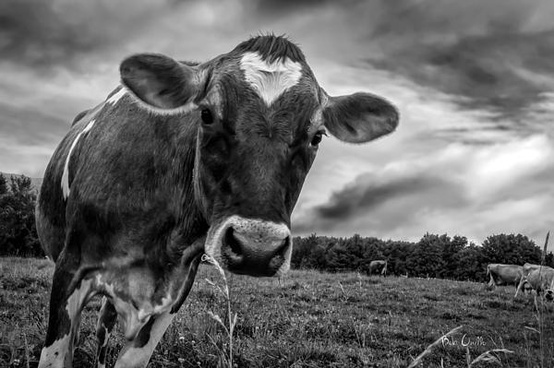
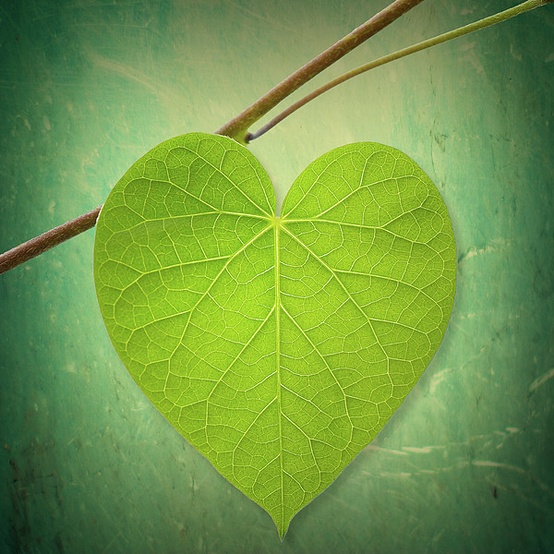
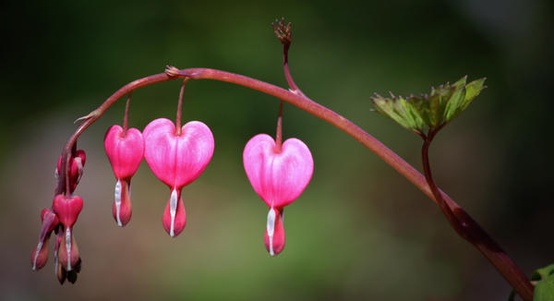
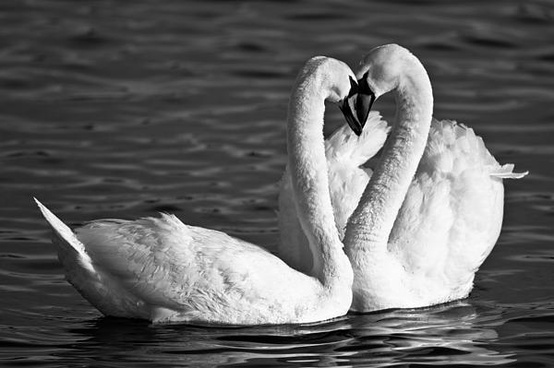
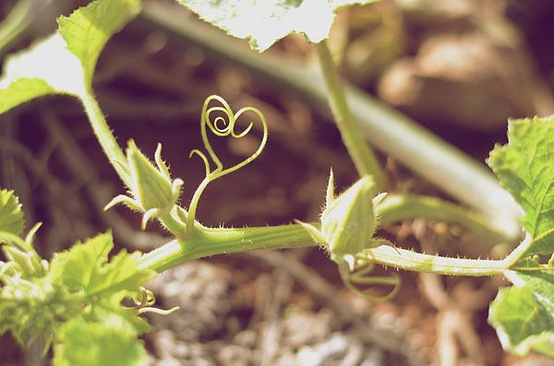
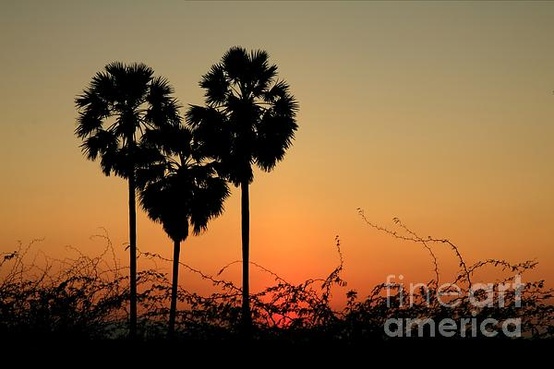
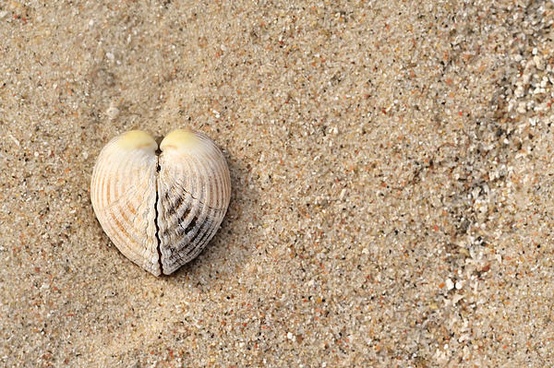
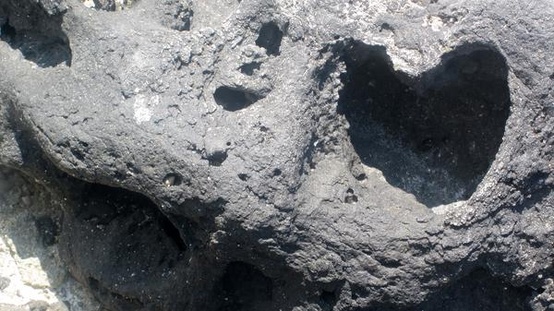
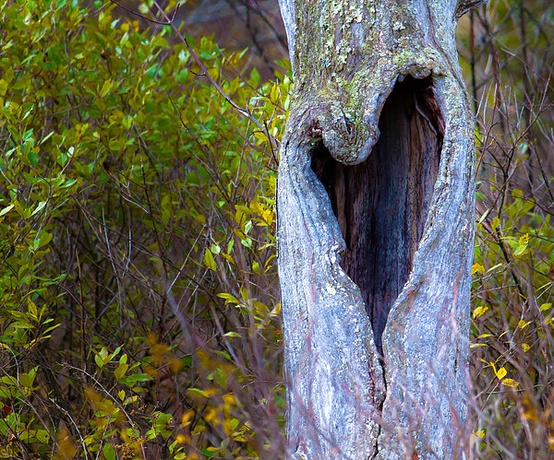
Leave a Reply